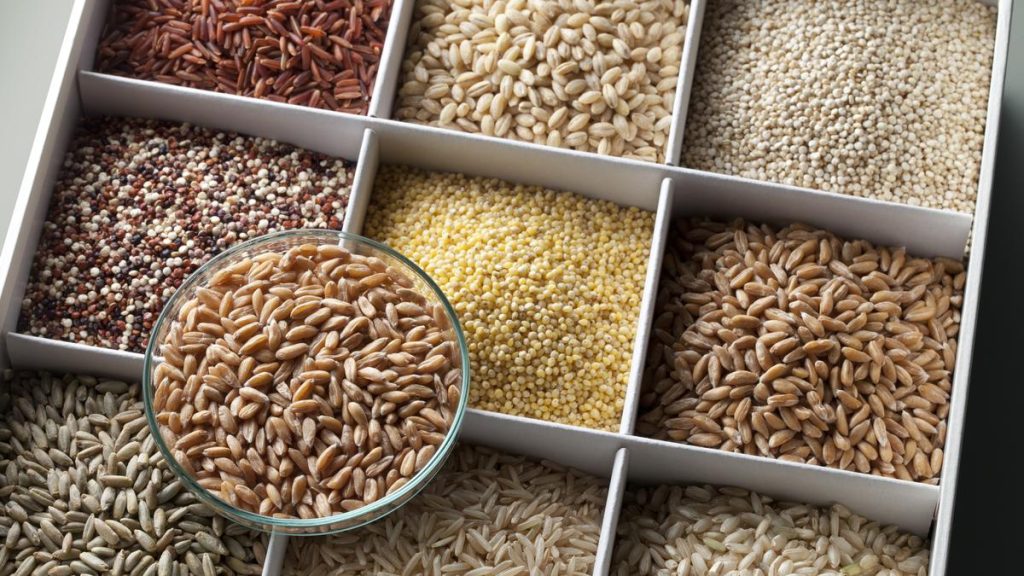GUWAHATI
An informal network of individuals and organisations working together to foster the knowledge and practice of ecological restoration of natural ecosystems in India is releasing a first-of-its-kind seed germination database on Wednesday (April 16, 2025).
This free-access database, an initiative of the Ecological Restoration Alliance-India (ERA-I), offers more than 1,000 germination techniques for 465 native plant species. It intends to “make it easier for restoration practitioners, nursery managers, and native plant enthusiasts” to be more successful with growing native plants in nurseries.
“One of the fundamental and most practical steps in the process for ecological restoration is to create a native plant nursery, which requires the knowledge base of germination protocols. This database is the first step toward that goal,” conservationist Paul Blanchflower, director, Auroville Botanical Gardens, said.
Auroville Botanical Gardens is one of nine institutional partners of ERA-I. The others include the Ashoka Trust for Research in Ecology and the Environment, the Nature Conservation Foundation (NCF), and the Wildlife Trust of India.
“Most people who established nurseries of native plants have learnt about seed ecology through trial and error. Now that there is a wealth of learning and information available, a database such as this can surely make it easier for people starting new native plant nurseries or even some of the older nurseries can now perhaps grow the species that they did not manage before,” Divya Mudappa, a senior scientist at the NCF, said.
Ms. Mudappa and Mr. Blanchflower are in the ERA-I’s 11-member steering committee, which includes Anita Varghese, Aparna Watve, Pradip Krishen, and Rita Banerji.
India’s restoration pledge
The ERA-I said India has pledged under the Bonn Challenge to restore 26 million hectares of degraded land, a major issue across the globe. The Bonn Challenge is a global initiative launched in 2011 to restore degraded and deforested lands, intending to bring 350 million hectares under restoration by 2030.
“Native plants play an important role in ecological restoration projects. These are plants that have established complex relationships with mammals, birds, insects, and fungi, found in that area,” ERA-I’s senior project manager, Arjun Singh, said.
“Over and above this, they have learnt to cope with the soil conditions and even vagaries of the climatic conditions prevalent in the area, and once established, do not need support in terms of watering, fertilizers, or any other human intervention. They are our best bet towards creating climate-resilient natural ecosystems and landscapes,” he said.
Right knowledge matters
According to the ERA-I, a systematic reintroduction can help restore lands with a sparse presence of native plants and bring the ecosystem back in balance.
“While plants produce thousands of seeds, the chances of a single seed becoming a healthy mature plant would be one in 100, as they struggle to find the right climatic conditions and ecological niches to prosper. This works well for established ecosystems, but when restoring degraded landscapes, each seed counts, and this is where reliable knowledge of the right conditions helps nurture the seeds to saplings,” a note by the ERA-I reads.
Twenty-three individuals from 11 institutions contributed to creating the seed germination database. They uploaded their germination experience onto a public platform for people to learn and benefit.
The native plants in the ERA-I database include Aegle marmelos (wood apple), Bauhinia racemosa (beedi leaf tree), Canthium coromandelicum (Coromandel boxwood), Daphniphyllum neilgherrense (Nilgiri Daphne-leaf), Elaeodendron glaucum (Ceylon tea), Ficus benghalensis (banyan), Gmelina arborea (white Kashmir teak), Hopea indica (Malabar ironwood), Ixora pavetta (torch wood tree), Justicia adhatoda (Malabar nut), Knema attenuata (wild nutmeg), Lawsonia inermis (henna), Madhuca longifolia (mahua), Vachellia nilotica (babool), Withania somnifera (ashwagandha), Ximenia americana (hog plum), and Ziziphus mauritiana (Indian jujube).
Published – April 15, 2025 05:21 pm IST


